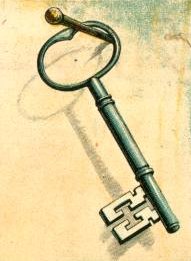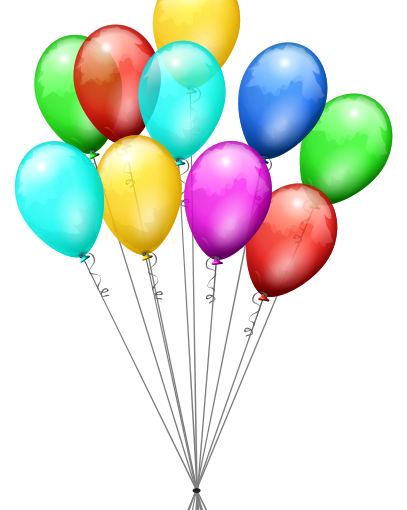If you’ve been in the e-learning space for more than a few days, you know that sometimes, you just can’t be a lone wolf. I know that may be hard for some of you to hear.
If you are a freelancer or went into the e-learning profession to flex your creative muscle, perhaps you enjoy the ability to get an assignment, interview the SME, write the script, develop the course, upload it, and then let the client know, “It’s done! Load the course and look what I made!”
Creativity and control often go hand in hand.
But a lot goes into a course, and quite often, it’s a success because of the role of a team. I spent a good amount of my e-learning career working with the most amazing team. There was me, two other instructional designers, a developer/designer, and a manager. Each one of us had a role to play in the development of the courses, and we each made sure the others felt appreciated and needed.
For instance, if I worked with the SME and wrote draft one, then one of the other instructional designers would read over that draft and enter redlines. I’d make changes and then pass it off either to the editor again, or to one of the other instructional designers. The SME was also integral to our ongoing edits, helping us to stay on the straight and narrow when it came to those trickier areas of the law.
Once the script was ready, our designer/developer took it over and made sure the code markup and all the other magic pieces were where they needed to be for successful launch. When it was time for new designs, she got busy with the tools of her trade, often running ideas past the instructional designers for input.
All the while, our manager was interfacing with internal and external stakeholders, including clients, marketing, VPs, and others in the food chain.
What we had was bliss. And we had it because we were a team. We trusted one another. Here are a few tips for making the most of the team dynamic (if you work with a team; if not, then maybe you didn’t read this far).
1. Question your own work. Remember this Quick Key post on questioning instincts? If not, I’ll summarize: although you may love whatever you write, that doesn’t mean it works. Let someone else see it and give an honest opinion. Prefereably a paid member of your team and not your mom.
2. Question others. If you work with a designer and they do something that doesn’t quite fit the theory, or that you think may create a problem in the learning scheme, say something. Nicely. Everyone should be in this for the same reason: the learner. So, take a chance and speak up. The people I worked with didn’t (often) bite.
3. Use your manager. Rely heavily on mangers, if you have them. Mine them for info. Find out where the company winds are blowing. Have them set up meetings for you with other departments. Have your manager get you on calls and in meetings so you can see how your work is being perceived. Yes, I had the best direct supervisor ever, but yours may be a close second. Talk to them.
4. Play nice. This is a running theme here, so I won’t belabor it. Just remember: team members are people too. Be nice when you get a critique, and, if a teacher of mine is right and the world really is a mirror, maybe you’ll see that kindness reflected back at you.
5. Know when to let go. If the kanban board says your piece is complete, let the next person take over in their area of expertise. Let the developer finish before you harangue her for changes. Let your manager have a chance to view the demo before you fiddle with it. Letting go of control benefits everyone.
Have you worked with a team in the e-learning space? How have you found the experience? Any tips?



